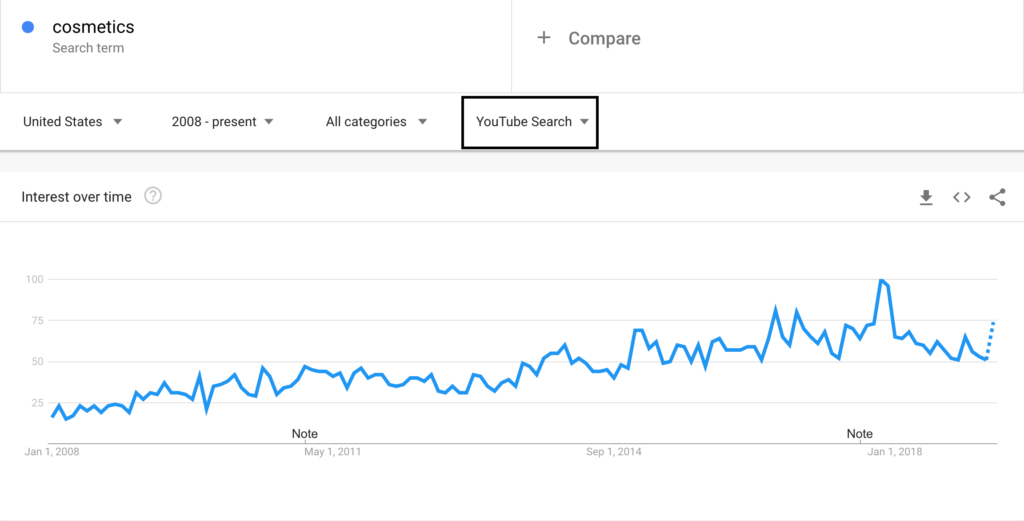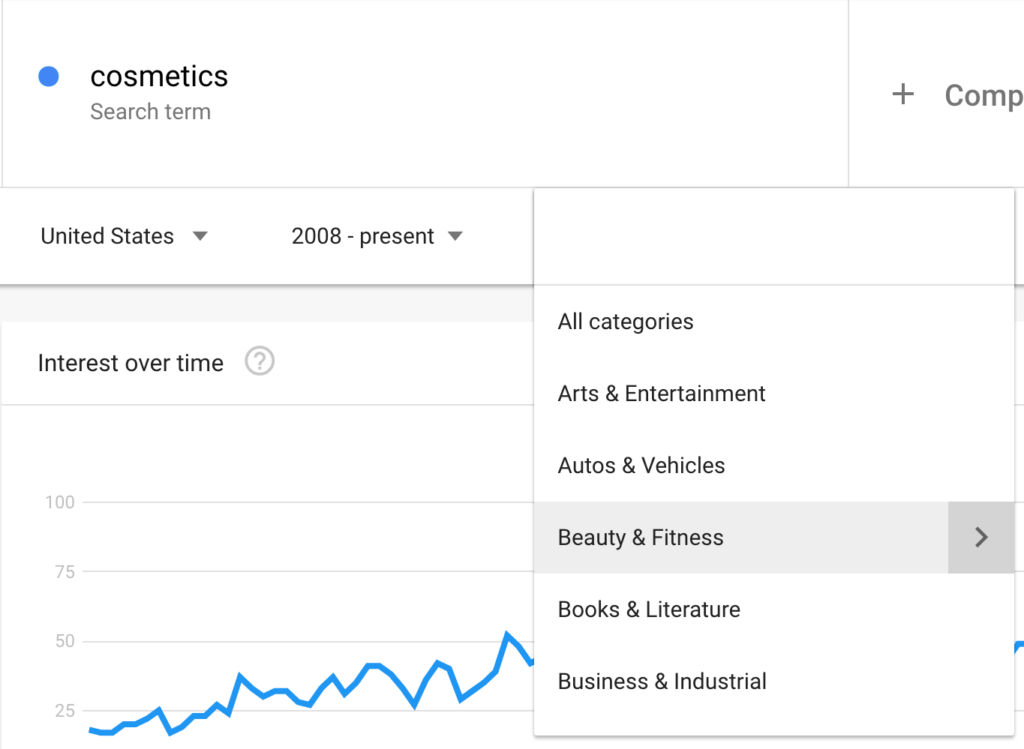There are a few things that your content strategy should have in order to be effective. This article covers all of them.
Content, whether written or otherwise, is the most crucial part of your SEO (search engine optimization) strategy. So I find it quite astonishing that some people are still publishing content just for the sake of it. SEO without a content strategy is unfocused and at risk of failure from the start.
Don’t get me wrong, off-page activities such as link building are super-important. However, success with any of that hinges on your ability to create content that people want to consume. So the real question becomes, how to ensure you have an effective content strategy moving forward?
No doubt, a lot of thought needs to go into your overall content plan and many will be dependent on your own situation. But, there are certain aspects that should be integrated into every SEO content strategy. That is what we will be covering today.
Ensuring all of the following are addressed and built upon consistently over time will increase your ROI.
1. You Better Set Clear Objectives
The first step to achieving anything you want is to have some goals. This is what you want to accomplish with the help of your content that defines its purpose. Every objective should be specific, measurable, attainable, relevant, and timely (SMART).
SMART Explained
Having specific goals make it easier to analyze your results at the end of each quarter or whatever period you have outlined. Your aims should align with business objectives and measurable in some way. Feel free to develop your own metric systems or use others already in existence (e.g. bounce rate) to measure progress.
Also, attainable goals are a tad boring, don’t you think? I feel you should be somewhat unrealistic but define achievable objectives that are worthy of pursuit. For example, “I want to increase my web traffic by 300 percent in one year”, is attainable but at the same time, kind of unrealistic. In this way, the results will be exciting whether you nail your target or fall short a little. Let me explain.
Most of us have been trained to set ‘realistic’ goals. While this is not a bad thing, we are not really pushing ourselves to the fullest potential of what is possible. Therefore, might as well set a gigantic target that will push you and your team. This is a concept I picked up from reading Grant Cardone’s book, The 10X Rule.
The litmus test for relevancy is to ask the following question. “Who would read this, why, and is it inline with my products or existing publications?” People naturally gravitate toward information that can help them in some way. Think about your audience, why they should care, and how your content relates to offerings.
Sometimes, we may be afraid of setting timeframes with regards to our objectives. However, no goal is relevant or even considered a worthy aim without a set time to completion. That is like saying, “one day I’ll stop drinking”. The problem is that ‘one day’ is indefinite. So do yourself a favor and set timeframes for every goal, “kapish?”
2. Brand Like a BOSS
Consumers have become more selective and only work with vendors they deem trustworthy. No matter the industry, people have to trust you before buying your product and the same goes for your content. Many won’t read what you have to say if there aren’t some trust signals in play.
A strong professional brand conveys expertise and shows your commitment to serving consumers, which fosters trust. Your brand is your promise, the reason people should care and why hundreds have stood in line for the latest iPhone.
The key to effective branding is an awareness strategy that introduces consumers to your brand promise. Your entire marketing content should repeat that promise in some way. This includes video advertising, social media, SEO, and any published content. They all need to be in line with your commitment.
Every good branding strategy seamlessly communicates the following details.
- Who you are
- What you represent
- Why consumers should care
- Why you do it
- Your overall story
3. Target The Right Audience
Content marketing helps you connect with potential customers much faster than traditional sales/advertising tactics ever could. This is because you are not interrupting people, rather attracting those who are interested in your content or products.
However, this kind of marketing only works when you are attracting the right kind of consumers. So it is imperative that you clearly define your audience and know where they like to “kick it”. Start by looking at the audience makeup.
For example, YouTube has a penetration rate of 83 percent for both female and male audiences in the US. So it is safe to assume that it would be a good fit for advertising most products. After all, it is currently the largest video platform in the world.
United States Internet users that use YouTube by gender – Statista

But, assumptions without enough proof can be dangerous so it is best to back it up with further evidence. You will want to gauge the specific audience size on YouTube by looking at product interests over time.
Google Trends is one of my favorite tools for doing that. Let us look at a hypothetical scenario that will give you an idea of how to use it.
Assuming you were interested in selling cosmetics but wanted to see how the industry is performing before a full commitment. You can use Google Trends to gauge product interests on YouTube.

Interests in cosmetics have been on a steady but fluctuating rise according to the above screenshot. In addition, the application lets you drill down by categories. For our example, ‘Beauty & Fitness’ would be the best taxonomy.

4. Focus and Consistency
Position yourself as a subject matter expert. Furthermore, as you expand into more topics or products, it is best to remain with the same industry. For instance, Google may have started out as a search engine but they are actually a technology company. That is why their self-driving car project has been successful.
So be selective about the content you publish and products you carry or invest in. You can earn the trust of consumers more easily when consistency is at play. I may not buy gym equipment from Google but I will purchase a self-driving car because it is consistent with their image.
A consistent track record of developing amazing content in a particular subject area is more powerful than dabbling in several.
5. Form Connections
You must engage in genuine conversations with people in order to build relationships that last. Don’t be afraid to share your perspectives, whether controversial or not. Just leave politics and religion out of business, otherwise, you risk attracting a PR nightmare!
Form connections with other industry leaders or influencers. Nurture these connections by engaging with them regularly such as subscribing to their newsletter and chiming in whenever possible. Remember that you are dealing with people, so be human.
6. Publish The Right Content
This is where keyword research and recognizing user intent matters most. Ensure you have a team in place for this or have a plan for publishing content. Ideally, you should have a list of writers you work with for specific types of content production. However, this may not be possible when you are just starting out.
The right kind of content is powerful enough to engage consumers and add to your followers or subscribers. And community building is the best edge against the competition. Think about why someone would revisit your website or store when deciding what to publish. Aim to turn one-time visits into regular visitations and you will build a massive audience over time.
Great content typically has some or all of the following.
- Valuable or useful
- Practical or actionable
- Relevant to the audience
- Has originality
- Accurate and with source references as needed
- Engaging or attention-grabbing
- Well-written
- Demonstrates passion
Let me know in the comments section if you want a separate article discussing all eight points above in greater detail.
Have Fun With It
There are a lot of reasons why content marketing may not work. However, nearly every business can benefit from it. So put together an effective content strategy and have fun with it! Content production isn’t supposed to be a painful or dreadful experience. In the words of the fictional character, The Joker, “Why so SERIOUS?”
Remember that time flies by whenever we are having fun. Try thinking of each content as a task, rather than something that will eat up your time. I found doing this helpful.
Lastly, things like the lack of planning, unwillingness to dedicate budget, zero promotion, and just producing downright crap pieces hurt. Keep those in mind.

I’m a freelance copywriter and SEO specialist. I aim to empower individuals and businesses with impactful marketing solutions and insights. In my downtime, I recharge by embracing the beauty of nature or cherishing moments with my loved ones. If you found value in this post, please consider sharing it.
Want a heads-up whenever a new article drops? Subscribe here






